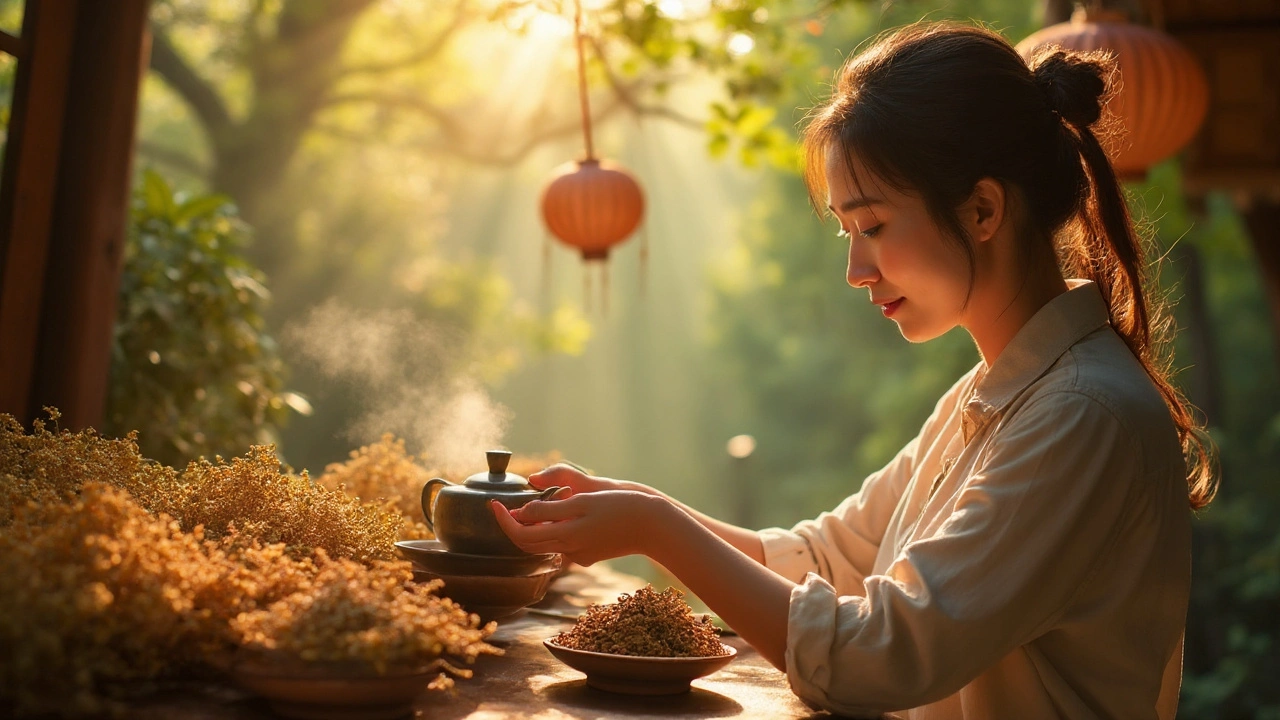Traditional Chinese Medicine: What It Is and How to Use It Safely
If you’ve ever heard of acupuncture needles or a tea made from ginseng, you’ve already brushed against traditional Chinese medicine (TCM). It’s a system that’s been around for thousands of years, built on the idea that balance in the body keeps you healthy. In TCM, the goal isn’t just to kill a bug or lower a number—it’s to keep the whole system working smoothly.
Most people start with one of two things: a herbal formula or an acupuncture session. Both are easy to find online or at a local clinic, but they work best when you know the basics. Below, we’ll walk through the core ideas, the most common herbs, and safety tips you can actually use today.
Core Principles of TCM
TCM revolves around two concepts: Qi (the life energy that moves through you) and Yin‑Yang (the push‑pull of opposite forces). When Qi flows smoothly and Yin and Yang stay in harmony, you feel good. Blocked Qi or an imbalance can show up as headaches, fatigue, or a sore throat.
Practitioners look at five “organs” – lung, spleen, heart, kidney, and liver – not just as physical parts but as functional systems that influence emotions, digestion, and immunity. They also talk about “meridians,” which are pathways that connect everything. Acupuncture points sit on those meridians, and stimulating them can release stuck Qi.
In everyday life, you can think of TCM as a set of habits: eat warm, cooked foods when it’s cold, avoid excess sugar, get regular movement, and manage stress. Small changes that respect your body’s rhythm often make the biggest difference.
Popular Herbs and How to Use Them
Herbs are the heart of TCM. They’re usually mixed into formulas that target specific patterns, such as “cold dampness” or “heat toxicity.” Below are a few that show up a lot:
- Ginseng (Ren Shen) – boosts energy and helps the immune system. A cup of ginseng tea in the morning can give a gentle lift without the crash of coffee.
- Licorice root (Gan Cao) – sweetens formulas and soothes the stomach. It’s safe in small amounts but can raise blood pressure if you take a lot.
- Turmeric (Jiang Huang) – reduces inflammation. Add a teaspoon to smooth soups or take a capsule that contains the powdered root.
- Goji berries (Gou Qi Zi) – support eye health and blood. Eat a handful as a snack or brew them in hot water for a quick tea.
- Dang Gui (Angelica sinensis) – often called “female ginseng,” it helps with menstrual cramps and blood flow. Usually combined with other herbs, not taken alone.
When you buy herbs, look for reputable vendors that test for purity. A good rule of thumb: if the seller can’t give you a batch number or a certificate of analysis, walk away.
Start with low doses. Your body may react with mild warmth or a change in digestion—signs that the formula is kicking in. If anything feels off, stop and talk to a qualified practitioner.
How to Blend TCM with Modern Medicine
Most people don’t have to pick one system or the other. If you’re on prescription medication, tell your doctor before you add any herb or acupuncture. Some herbs can interact with blood thinners, diabetes drugs, or antidepressants. The same goes for acupuncture—avoid it on areas with skin infections or recent surgery.
Many clinics now offer “integrative” appointments where a TCM practitioner works alongside a Western doctor. That’s the safest way to get the best of both worlds. You’ll get a clear picture of what each approach can do for you.
Bottom line: Traditional Chinese medicine is a toolbox, not a magic cure. Use it for everyday balance, keep an eye on safety, and combine it with the care you already trust. When you respect both the ancient wisdom and modern science, you give your health the strongest support possible.
- September
21
2025 - 5
Lida Daidaihua: Benefits, Uses & Safety Guide (2025)
Discover what Lida Daidaihua is, its traditional and modern uses, safe dosage tips, and evidence‑based benefits in this 2025 guide.
Read More